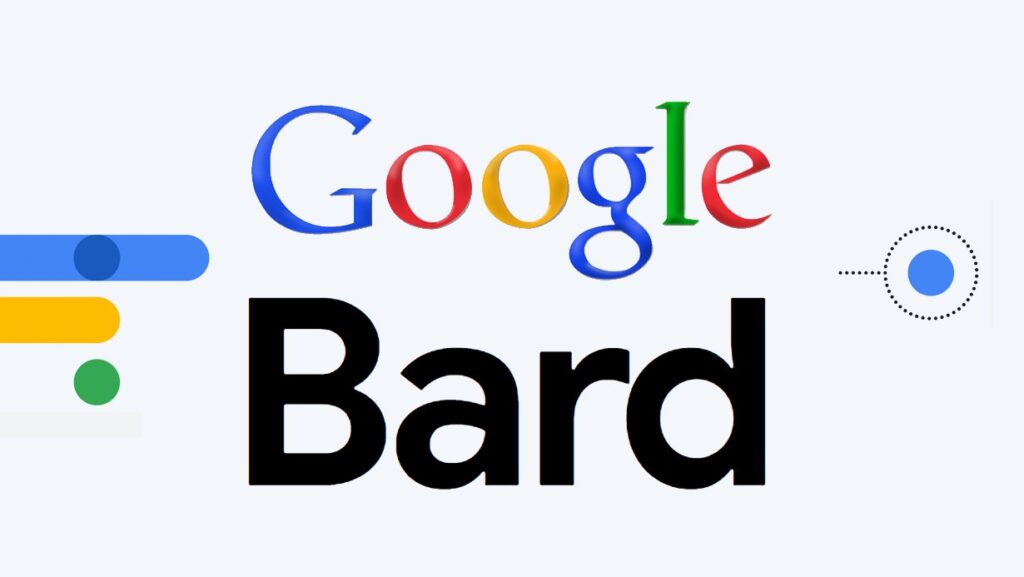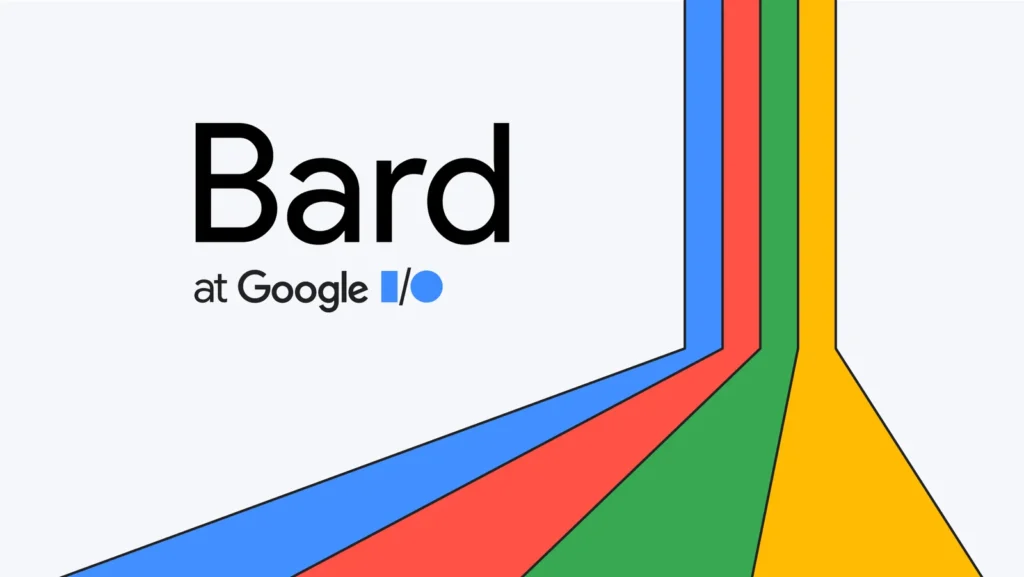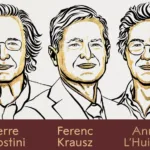Google Bard: A New Era of AI Chat Services
In the rapidly evolving realm of AI technology, Google Bard emerges as a trailblazing experimental AI chat service, reminiscent of the well-known ChatGPT. However, what distinguishes Bard is its unique capacity to directly source information from the web, enhancing its conversational capabilities.

Pioneered by Sundar Pichai: A Glimpse into Bard’s Origin
Sundar Pichai, Google’s CEO, introduced Google Bard on February 6, leveraging the power of LaMDA technology, which had been unveiled two years prior. This underpins the initial version of Bard. However, the transition to utilizing PaLM 2, an advanced and efficient language model revealed at Google I/O 2023, has propelled Bard towards heightened performance and more accurate, insightful responses.
Democratizing Access: Widening Bard’s Reach
While initially accessible to a limited audience in the US and UK, Google’s decision to open access during Google I/O marks a pivotal shift. This expansion democratizes the AI service, enabling a global user base to engage with Bard’s capabilities.
Also Read: Discover The Capabilities Of The All-New ChatGPT-4!
A Multilingual Approach: Language Diversity in Bard’s Arsenal
At its core, Bard’s linguistic prowess extends to various languages. Initially catering to Japanese and Korean, Bard is poised to embrace an additional 40 languages shortly. This multilingual orientation bolsters its accessibility and usability on a global scale.
Visual Enhancements: The Image Integration Upgrade
In a significant enhancement, Google Bard has integrated images into its responses. This recent augmentation enriches the visual dimension of conversations, especially when a visual aid can augment the comprehensiveness of the responses.
Challenges and Progress: Navigating Bard’s Journey
Nonetheless, Google Bard has encountered challenges along its journey. Its initial launch faced criticism due to response inaccuracies, such as providing incorrect information about the James Webb Space Telescope. This incident underscores the intricacies of AI technology and the ongoing efforts required for refinement.
The Strategic Unveiling: A Response to Industry Dynamics
Google Bard’s unveiling aligns with the success of ChatGPT and the escalating demand for AI-driven conversational services. In parallel, Microsoft introduced an AI-improved Bing search, underscoring the escalating interest and competition in this domain.
Beyond Conversation: Google’s Expansive AI Landscape
While Bard takes center stage, Google’s AI pursuits encompass more than mere conversation. Imagen, an AI image generator, and MusicLM, an AI music generator, exemplify Google’s innovative strides. Unlike Bard, these innovations are yet to be fully released to the public, emphasizing Google’s commitment to delivering refined and effective AI solutions.
In Conclusion: Bard’s Impact on AI Conversations
In the grand tapestry of AI technology, Google Bard represents a defining leap forward in AI-driven conversational technology. Its experimental nature, capacity to glean from the web, and utilization of advanced language models such as PaLM 2 position it as a prominent addition to the AI landscape. As Bard navigates challenges and embraces innovation, it mirrors the dynamic and transformative potential of AI in shaping human interactions with technology.






